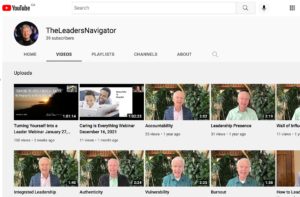Culture and Leadership – At Every Level
Last summer I made a clear intention to re-focus my work on organizational culture. It’s amazing what I have been learning since then. I have been meeting some incredibly wise people who are doing life-changing work in their cultures. Not only am I working with and learning from some amazing executives about how to create aligned, engaged cultures in their companies, I’m also learning from school teachers how they build a culture in a classroom by engaging students. This week I worked with a group of entrepreneurs and we talked about building a culture in their teams by getting clear about everyone’s values, dreams, and goals, and aligning their business with each person’s strengths and talents.
Not only does culture reside within us as individuals, but it is also the hidden force that drives our behavior between us – both inside and outside our organizations. Each of the cultures we are part of – our families, our workplace, our communities, our churches – are part of us and impact us, just as we impact them. In every environment, whether we are aware of it or not, we function as “leaders” in that we not only reinforce and act as a part of the present culture, but actually are creating (consciously or unconsciously) the culture we live in. This interplay of culture creation demonstrates an interdependency between culture and leadership – at every level. It is, therefore, not enough that the CEO and top executive group be concerned about and manage the “corporate culture.” Leaders at every level of the organization must recognize that they have a role in creating and evolving the subcultures in their parts of the organization. Deciding that you are creating the culture where you live and work – and therefore you are the one to step into healing it – is the ultimate act of accountability.
I’ve been receiving some wonderful emails about people’s experience of building a culture at any and every level. I’ve learned that culture begins to be strengthened when you get away from your computer and go where people are doing the work. Culture is about being in touch, listening, and really tuning in.
I’d love to hear what culture means to you and what you do within your sphere of influence to build a culture.


